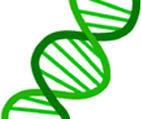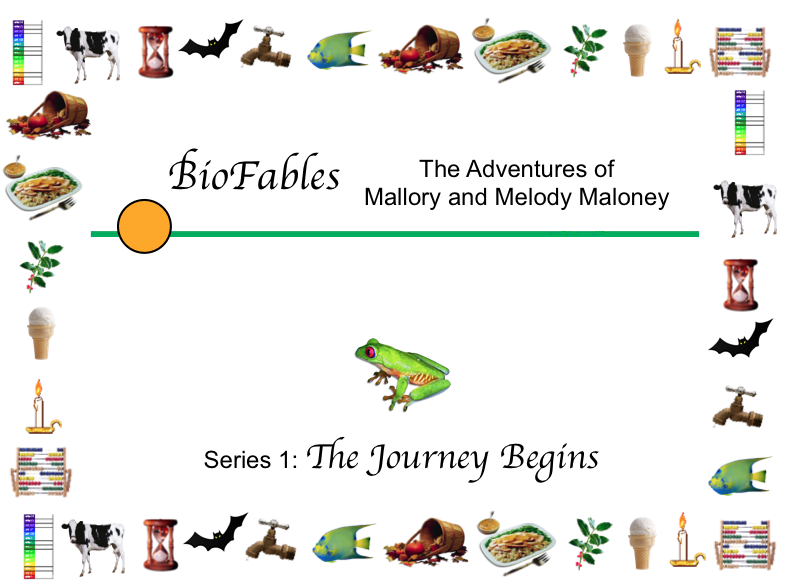![]()
Bio-Trends for 2011
![]()
- November 9, 2010
Tech Tools
E-Books and E-Learning
12 Reasons Why Print Won't Die Despite E-Books & E-News
(Biotech, Life Science Trends I See for 2011)
|
Digital technology is magnificent. I could wax poetic (in a manner of speaking) for hours, if not days, about the huge benefits of interactive media (a topic for future articles on trends I see for 2011). Long ago I made the transition from scouring dusty library stacks to plumbing the vast, up-to-the-moment as well as scanned archival resources available on the Web. But it's physical-world people and paper that bring knowledge sufficiency to the necessary information I glean from electronic media for client research and these predictions for 2011. After aggregating all necessary AND sufficient resources, 12 factors have convinced me that the printed word on paper will never disappear entirely: 1) On-demand printing. TA number of publishing houses produce books on demand, starting with only a single volume to "short run" editions. On Demand even has had its its own expo for 17 years. As of November 8, 41 exhibitors have signed up for the On Demand Conference and Expo. 2) No need for a reading device or Internet connectivity. Dead batteries, bush-wacking through a jungle or climbing Everest? No problem if you have your paperback or hardcover book with you. 3) Eyestrain. Yes, fiddling with font sizes and brightness adjustments on digital screens can help, but the flatness of newsprint and other non-glossy material is, simply, "a feast for human eyes." 4) Tactile factors. To paraphrase a song, "There's nothing' like a book." Turning the pages of even a well-worn, beaten-up copy of a good piece of literature is an adventure far superior to clicking "next." 5) Great literature. Following on the fourth item, can anyone REALLY make the argument that minds and hearts can be captured by reading the timeless classics of Charles Dickens, C. K. Chesterton, or even J. K. Rowling on a screen? Or what about deeply contemplating the profound ideas of great philosophers and thinkers like Bertrand Russell, Thomas Mann and Pierre Teilhard de Chardin? 6. The "proximity factor" of libraries and bookstores. Have you ever searched shelves for a particular book and discovered something else that was even better? Or you took down two or three books covering similar information to compare content or style? I have done that many times Serendipitous discovery is a gift that is scarcer online. "Other buyers of this book also bought…" isn't the same thing. 7. Paper newspaper article "-abilities." Portability: cut out an article and stick it in a notebook;, annotatability: you know what I mean, underline, highlight, write in the margin; stickability: as in ease of attaching sticky notes; groupability: clip together a bunch of articles you've cut out or compare them side by side; ripening-ability: individually wrap each of your recently-harvested green tomatoes in a sheet of newspaper, stick them in a paper bag for a few days and you'll soon be seeing pink! 8. Paper recycling programs. In the Chicago area, Abitibi's yellow and green "Paper Retriever" recycling bins have been popping up in school yards, church parking lots and even parking lots of some heavily-trafficked shopping malls. Did you know that newsprint can be made of 100% recycled paper? 9. You can't teach an old dog new tricks. As paper-natives, many of us born before 1980 will always prefer paper. 10. The printed word has inherent authority. In the beginning, there was the WORD, still rings in the the ears of many. This exudes the authority inherent in the printed word, which presumably has been reviewed by experts before being printed, while the Internet is packed with a mixture of well-reviewed and rough-draft texts, and caveat emptor is good advice. 11. A [printed] picture is a thousand words. But to truly appreciate a picture in every detail it must have some permanence and not be a fleeting image on the screen. 12. Anything printed on paper is a place to visit. It is a comprehensible unit to which we can easily return when we are in a receptive state of mind. In contrast, the Internet is a vastly turbulent current rushing off to nowhere. The philosopher who claimed that no one can step into the same river twice was truly visionary. My good friend and colleague Wallie contributed the last 4 factors above. She has been saving newspapers and magazines for me, which I later pass on to our church. She sums it up beautifully in a little piece called: "To Print or not to Print, That Is the Question" Courtesy of modern efficiency and convenience, The Financial Times, Chicago Tribune, New York Times and Wall Street Journal await me each morning with news from every corner of the world. I am aware of the sacrifice of innumerable trees. Do I feel guilty? The answer is a resounding YES, especially since these papers are often stuffed and always studded with advertisements I find neither appealing nor useful. Why then do I continue to subscribe to newspapers when I could so easily read my news online? If you suspect that i am a dinosaur, you are right. I like the feel of newsprint and the pleasure of browsing through related and unrelated stories without digital blinders. My aging eyes are also grateful. And while I have often wondered about humanity's relentless drive to be efficient -- as extensively reported by these papers -- in order to be wasteful, also reported, but with less fervor, and I arrived at the conclusion that I am as culpable as anybody. in recent months, I have been able to soothe my conscience by collecting these papers and passing them on to my friend Joanne, who joyfully mines them for precious nuggets of information and well-considered opinions. And instead of dumping them in the garbage, she takes them to a local school where they generate a few cents before beginning their recycling journey. Filed under: E-books/E-learning
|
|
Login
Advertisements
Colorless, odorless, biodegradable instant sanitizer is effective against both gram positive and gram-negative bacteria; kills in 30 seconds. Free of chlorine and quaternary ammonium compounds. EPA registered food contact surface sanitizer. Austin Davis Industries, Inc.
Safe, totally natural, 100% biodegradable, multi-functional cleaning product providing safety in the workplace for both humans and environmental surfaces - without compromising performance. Can be diluted up to 25:1. Austin Davis Industries, Inc.





